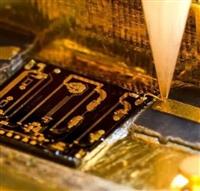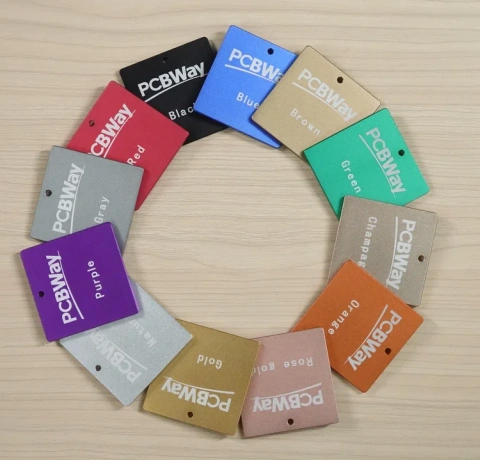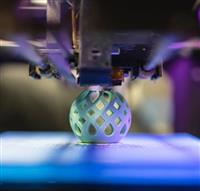
Eyelet
A hollow tube inserted in a terminal or printed board to provide mechanical support for component leads or electrical connection.
Extraneous Copper
Unwanted copper remaining on the base material after chemical processing.
Exotherm
The characteristic curve of a resin during cure showing reaction of temperature vs. time.
Etching
Removal of metal from the surface of PCB by chemical dissolution. The process is normally carried out selectively by masking areas of metal which are to be left on the PCB.
Etched Printed Board
A board having a conductive pattern formed by the chemical removal of unwanted portions of the conductive foil.
Etch-back
The controlled removal of all resins of base material on the side wall of holes in order to expose internal conductor areas.
Etchant
A solution used to remove, by chemical reaction, the unwanted portion of material from a printed board.
ETCH Resist
An organic ink, lacquer, photo-resist, self-adhesive plastic tape, metal deposit or other material which will prevent specific areas of the metal on a panel from being attacked by an etchant.
Etch Factor
The ratio of the depth of etch (conductor thickness) to the amount of lateral etch (undercut).
ESD
Electro-Static-Discharge, the sudden transfer or discharge of electricity from one object to another.
ESD Sensitivity
(ESD susceptibility) The device’s ability to dissipate the energy of the discharge or withstand the current levels involved.
Escape Rate
The percentage of defects not defected vs. the total inspected.
ERC
Electrical Rule Check: checks the integrity of a circuit (SCH) so that problems like open inputs, shorted outputs and much more are recognized.
ERBGF
Epoxy Resin Bonded Glass Fibre (See FR4).
Epoxy Smear
Epoxy resins which has been deposited onto the surface or edges of the conductive pattern during drilling. Also called resin smear.
Epoxy Resins
Materials that form straight chain thermoplastic and thermosetting resins having good mechanical properties and dimensional stability.
Entrapment
The damaging admission and trapping of air, flux and fumes; it is caused by contamination and plating.
Emulsion Side
The side of the film on which the photographic image is defined.
Embedded Component
A discrete component that is fabricated as an integral part of a printed board.
Electroplating
The electrodeposition of a metal coating on a conductive object. The object to be plated is placed in an electrolyte and connected to the relative terminal of a dc voltage source. The metal to be deposited is similarly immersed and connected to the positive terminal. Ions of the metal provide transfer to metal as they make up the current flow between the electrodes.
Electron-beam Bonding
Terminations made by heating with a stream of electrons in a vacuum.
Electroless Deposition
The deposition of conductive material from an auto-catalytic plating solution without application of electrical current.
Electroless Copper
A layer of copper plated on to an insulating or conductive surface of a PCB by chemical reduction, that is, without the use of applied electrical current.
Edge-board Contacts
A series of contacts printed on or near any edge of a printed board and intended for mating with an edge-board connector.
Edge Spacing
The distance of a pattern, components, or both, from the edges of the printed board and intended for mating with an edge-board connector.
Edge Connector
A connector (can be gold-plated edge contacts or a series of parallel lines of holes).
Edge Clearance
The distance of a pattern, components, or both, from the edges of the printed circuit board.





